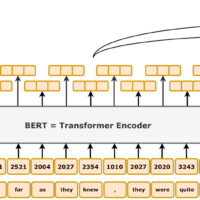Activation Function, Hidden Layer and non linearity. _ day 12
Understanding Non-Linearity in Neural Networks Understanding Non-Linearity in Neural Networks Non-linearity in neural networks is essential for solving complex tasks where the data is not linearly separable. This blog post explains why hidden layers and non-linear activation functions are necessary, using the XOR problem as an example. What is Non-Linearity? Non-linearity in neural networks allows the model to learn and represent more complex patterns. In the context of decision boundaries, a non-linear decision boundary can bend and curve, enabling the separation of classes that are not linearly separable. Role of Activation Functions The primary role of an activation function is...

